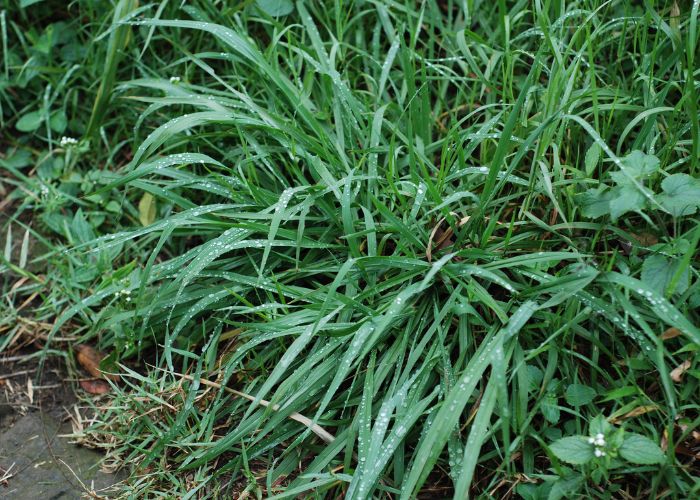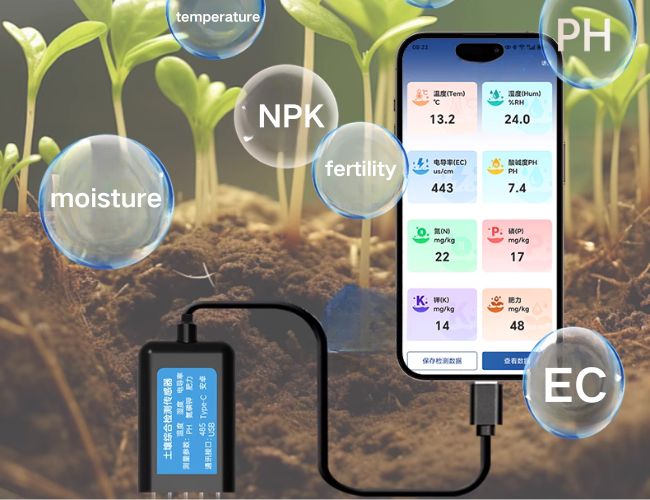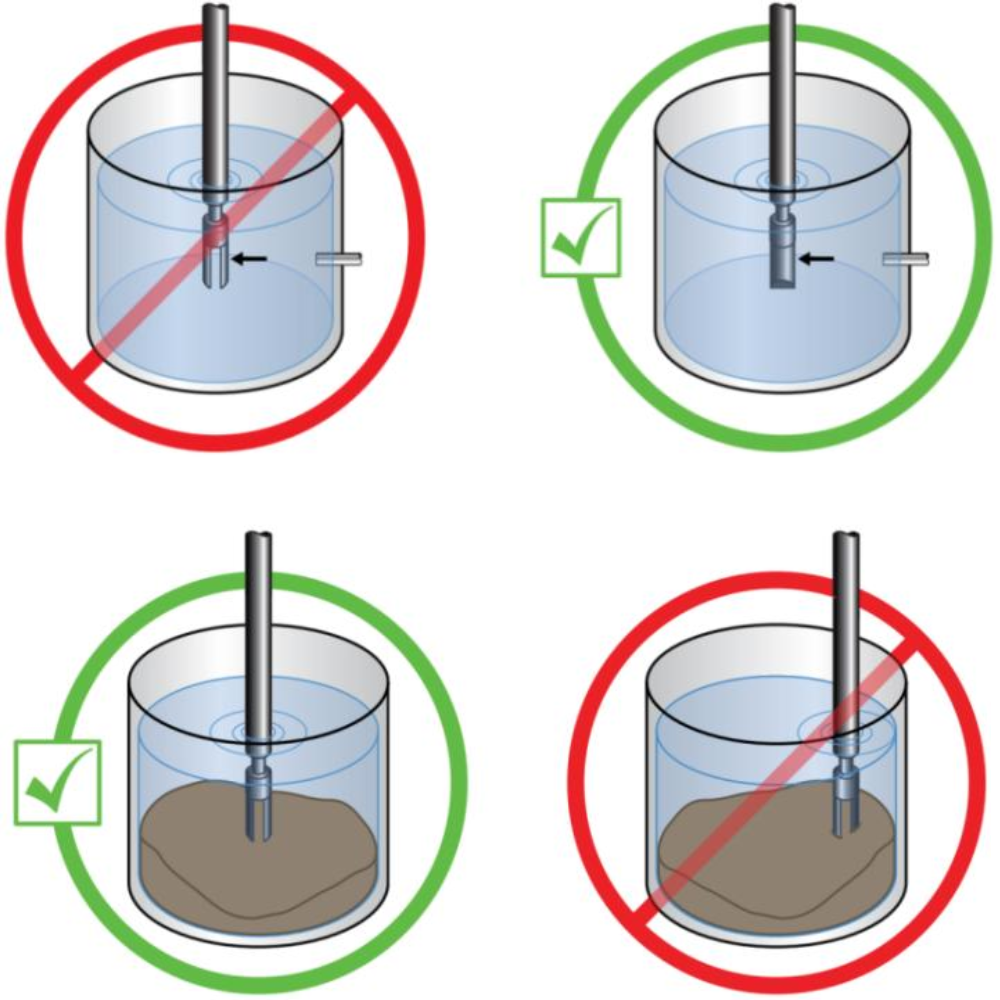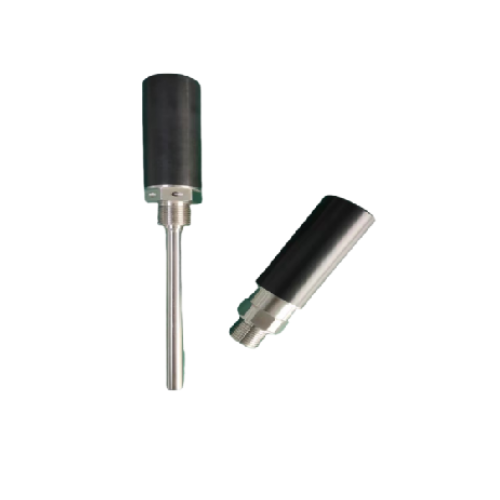Guided wave radar (GWR) technology has emerged as a reliable and accurate method for level measurement in various industries. It offers numerous advantages over traditional level measurement technologies, making it a popular choice among engineers and operators. In this comprehensive guide, we will delve into the inner workings of guided wave radar and explore its applications, advantages, installation, and maintenance procedures. By the end of this article, you will have a thorough understanding of how guided wave radar can revolutionize level measurement processes.
How does guided wave radar work?
Guided wave radar operates on the principle of time-domain reflectometry (TDR) and utilizes microwave signals to measure the level of a substance. A guided wave radar system consists of a probe, which is inserted into the vessel or tank being monitored, and a transmitter/receiver unit. The probe emits microwave pulses that travel down a waveguide, which is in direct contact with the substance being measured. When these pulses encounter a change in dielectric constant, such as the substance’s surface or interface, a portion of the pulse is reflected back towards the probe. By measuring the time it takes for the pulse to return, the system can accurately determine the level of the substance.
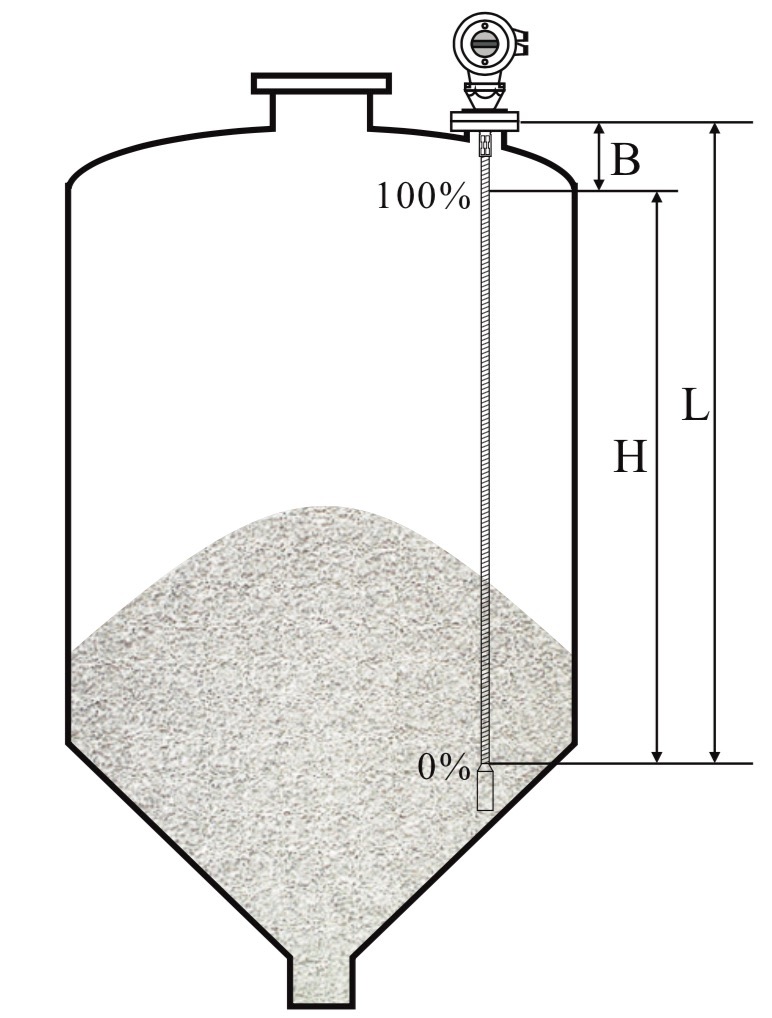
One of the key advantages of guided wave radar is its ability to measure levels in challenging conditions, such as high temperatures, high pressures, and corrosive environments. Unlike other level measurement technologies, GWR is not affected by factors like vapor, dust, foam, or turbulence, which can distort readings. Additionally, the technology is not influenced by changes in the substance’s dielectric constant, making it suitable for a wide range of applications.
Advantages of guided wave radar over other level measurement technologies
Guided wave radar offers several advantages over other level measurement technologies, making it a preferred choice in many industries. Firstly, GWR provides highly accurate and reliable measurements, with an accuracy level of up to ±1mm. This precision ensures that operators have real-time data on the substance’s level, enabling them to make informed decisions and prevent costly errors.
Secondly, guided wave radar is a non-contact measurement method, meaning that the probe does not come into direct contact with the substance being measured. This eliminates the risk of contamination or damage to the probe, resulting in a longer lifespan and reduced maintenance costs. Additionally, the non-contact nature of GWR makes it suitable for measuring volatile or hazardous substances, where direct contact may pose safety risks.
Furthermore, guided wave radar is unaffected by external factors such as temperature, pressure, or vapor. This allows for accurate measurements in harsh environments, where other technologies may fail. The ability of GWR to handle challenging conditions makes it a versatile solution for various industries, including oil and gas, chemical, water treatment, and pharmaceuticals.
Applications of guided wave radar in various industries
Guided wave radar finds applications in a wide range of industries, where accurate level measurement is critical for operational efficiency and safety. In the oil and gas industry, GWR is used for monitoring the level of crude oil, refined products, and various chemicals in storage tanks. The technology’s ability to withstand high temperatures and pressures makes it ideal for these demanding applications.
In the chemical industry, guided wave radar is employed for measuring the levels of corrosive substances, such as acids and solvents. The non-contact measurement method ensures that the probe remains unaffected by the corrosive nature of these substances, providing accurate and reliable readings.
Water treatment facilities utilize guided wave radar for monitoring the levels of water in tanks and reservoirs. GWR’s capability to measure through foam and vapor makes it suitable for this application, where traditional technologies may struggle.
Pharmaceutical manufacturers rely on guided wave radar to measure the levels of liquid ingredients in mixing tanks and reactors. The high accuracy and non-contact nature of GWR ensure that the final product meets the stringent quality standards of the industry.
These are just a few examples of the wide-ranging applications of guided wave radar technology. Its versatility and reliability make it an indispensable tool for level measurement in numerous industries.
Guided Wave Radar cases recommended to use a still-pipe or bypass pipe.
Guided wave radar level gauge is a commonly used radar level gauge. The measurement of guided wave radar level gauge in foam-containing liquids and stirring tanks is installed with stilling pipes or bypass pipes, which can avoid obstacles in the container, The influence of foam and liquid surface fluctuations on the measurement.
1. The existence of conductive foam;
2. The liquid level fluctuates violently;
3. There are too many obstacles at the installation location;
4. Measure the liquid in the inner floating roof tank (such as some media in the petrochemical industry);
5. The dielectric constant is too small;
Note: Too viscous medium cannot be measured with still-pipe or bypass pipe;
Guided wave radar level gauge requirements for stilling pipes or bypass pipes
1. The still-pipe or bypass pipe must be a conductor;
2. The inner diameter of the still-pipe or bypass pipe shall not be less than 50mm;
3. The still-pipe or bypass pipe must be vertical;
4. The inner wall of the still-pipe or bypass pipe must be smooth to avoid large welds and cracks, and the roughness must be better than ±0.1mm;
5. The inner diameter of the still-pipe or bypass pipe is not allowed to change abruptly, if there is a sudden change, it must be less than 1mm;
6. The bottom of the waveguide must be open;
7. When the still-pipe is installed, an isobaric hole must be opened above the highest point where the liquid level may reach, and the diameter of the isobaric hole is (5-10) mm;
8. When there are a variety of mixed liquid media in the tank, multiple diversion holes/pipes are conducive to the free flow of liquid in the tank and pipe;
9. When there are multiple mixed liquid media in the tank, the spacing of multiple guide holes/pipes must be less than the minimum layer thickness;
10. When the bypass pipe is installed, the position of the top isobaric pipe should be higher than the highest point that the liquid in the tank may reach;
11. When the bypass pipe is installed, the position of the bottom guide pipe should be lower than the lowest possible position of the liquid level in the tank;
Installation and maintenance of guided wave radar systems
Proper installation and regular maintenance are crucial for the optimal performance and longevity of guided wave radar systems. During installation, it is important to follow the manufacturer’s guidelines and recommendations to ensure accurate measurements. The probe should be installed at the correct position within the tank or vessel, taking into account factors such as obstructions, agitators, or internal structures.
Regular maintenance checks should be carried out to ensure that the system is functioning correctly. This includes inspecting the probe for any physical damage or corrosion, checking the waveguide for blockages or obstructions, and verifying the integrity of the electrical connections.
Calibration of the guided wave radar system should also be performed periodically to maintain accuracy. This involves comparing the system’s readings to a known reference point and adjusting the calibration settings if necessary.
By following proper installation and maintenance procedures, operators can ensure the reliable and accurate performance of their guided wave radar systems, minimizing downtime and maximizing efficiency.
Factors to consider when choosing a guided wave radar system
When selecting a guided wave radar system, several factors should be taken into consideration to ensure optimal performance and compatibility with specific applications. The first factor to consider is the material of the waveguide and probe. Different substances require different materials to ensure accurate readings. For example, corrosive substances may require a waveguide and probe made from corrosion-resistant materials such as stainless steel or PTFE.
Another crucial factor is the operating temperature and pressure range of the guided wave radar system. It is essential to choose a system that can withstand the specific conditions of the application environment. Additionally, the length of the probe should be selected based on the depth of the tank or vessel being monitored.
Furthermore, the communication and integration capabilities of the guided wave radar system should be evaluated. Most modern GWR systems offer various communication protocols, such as HART or Modbus, allowing for seamless integration with existing control systems. Consideration should also be given to the display and user interface of the system, ensuring that it provides clear and intuitive readings.
Lastly, it is advisable to choose a guided wave radar system from a reputable manufacturer that offers technical support and after-sales service. This ensures that any issues or concerns can be addressed promptly, minimizing downtime and maximizing the system’s lifespan.
Conclusion: Harnessing the power of guided wave radar for accurate level measurement
Guided wave radar technology has revolutionized level measurement processes in various industries, offering accuracy, reliability, and versatility. By understanding the inner workings of guided wave radar, its advantages over other technologies, and its wide-ranging applications, engineers and operators can harness its power for accurate level measurement.
When choosing a guided wave radar system, careful consideration should be given to factors such as material compatibility, operating conditions, communication capabilities, and technical support. Proper installation and regular maintenance are essential for optimal performance and longevity.
Despite the challenges that may arise, guided wave radar offers numerous benefits over other level measurement technologies. Ongoing developments and advancements in the field ensure that the future of guided wave radar is bright, with enhanced accuracy, miniaturization, and expanded capabilities on the horizon.
In conclusion, guided wave radar is a game-changing technology that empowers industries to achieve accurate and reliable level measurement, ultimately leading to improved operational efficiency, safety, and cost savings.
CTA: Discover the power of guided wave radar for your level measurement needs. Contact us today to explore our range of GWR systems and find the perfect solution for your industry.

